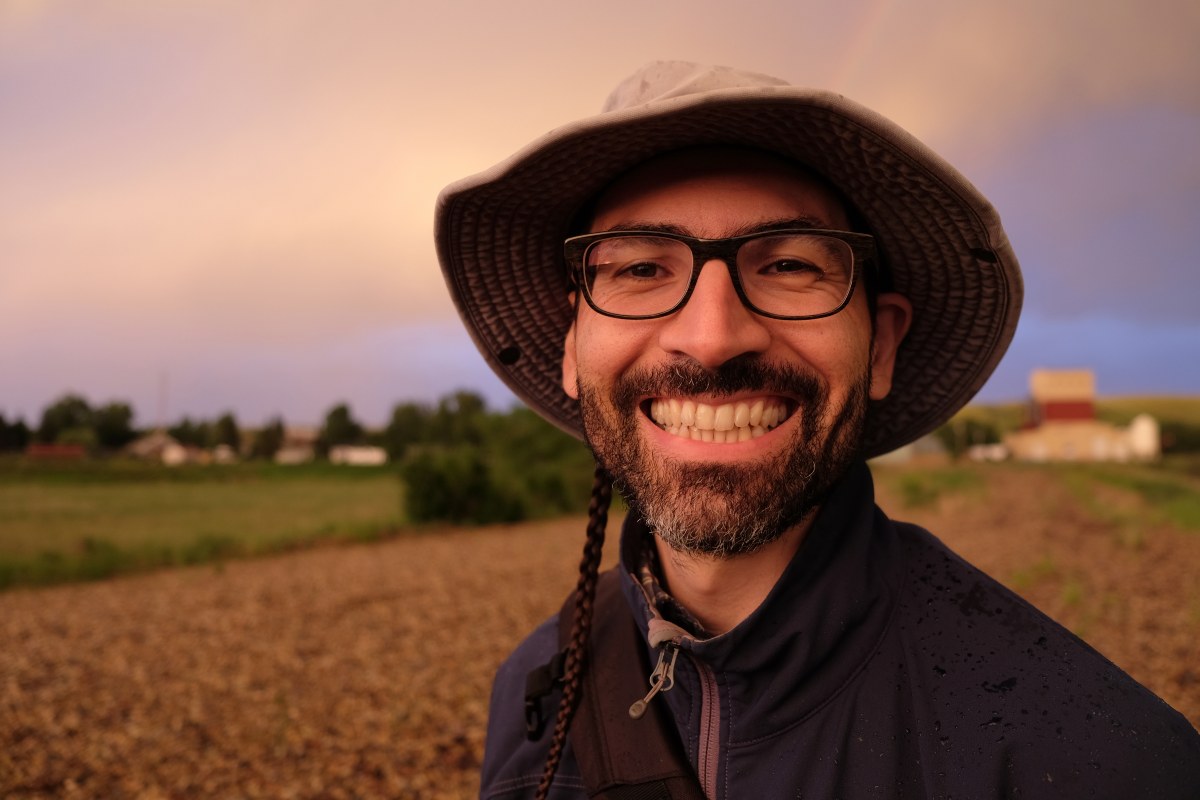
Damian Cirelli, instructor and laboratory coordinator in the University of Alberta’s Department of Biological Sciences. Photo supplied.
When Damian Cirelli made the switch to teaching botany remotely in March 2020, he learned a few lessons. The first one? We can do this.
“And I would say the second lesson is we need to remind each other to give ourselves a break—that goes for students, and it goes for instructors,” said Cirelli, instructor and laboratory coordinator in the University of Alberta’s Department of Biological Sciences. “Things will break, ideas won't work, and activities won't pan out. But remember lesson one: we got this. As long as we take a deep breath, get our bearings, and steer the ship to more productive waters, we'll be fine. Always move, always look for an alternative, and always be prepared to let something go when it's not working.”
In Fall 2020, Cirelli will be the lab coordinator for Fundamentals of Plant Biology (BOT 205) and Plant Physiology (BOT 340).
For studying plant anatomy and physiology, remote labs will be made possible using high-resolution images at various magnifications of each specimen as well as both simulation and real footage of different equipment at work, allowing students to examine the different structures and features of each specimen before discussing their observations and questions in synchronous group meetings.
“For other labs that require specialized equipment, we need to really think outside the box.” said Cirelli. “For example, we are sourcing materials for students to build their own spectrophotometer to measure the concentration of pigment extracts from leaves. Granted, these won't be research quality instruments— but there is the opportunity to better understand what is happening at a fundamental level.”
And when a home-built spectrophotometer isn’t quite specialized enough, Cirelli will use both simulations and real footage of research equipment at work to illustrate the process.
“And again, there is an unsung advantage to this,” Cirelli explained. “We can provide footage in much greater detail than we can with a live demonstration where a group of students huddle around the equipment. We have to seize all the advantages and turn this into a great experience.”
The global COVID-19 pandemic has required a mass migration to the digital world, and post-secondary learning is no exception. As the University of Alberta prepares to continue delivering course content primarily remotely in the Fall 2020, the Faculty of Science has connected with some of our top instructors and scientists to illustrate what the university experience will look like in the Fall 2020 term. While delivery may look different, what remains the same is our strong commitment to an engaging and quality education and experience for our students.
When asked about his message for students, Cirelli advises students to keep their eyes on the prize and to remember that their instructors want them to succeed.
“Know that we are working very hard to ensure that you have the best experience we can possibly offer you. I can assure you that all that goes on behind the scenes is about delivering the absolute best to our students. Not a day has gone by without your instructors thinking of new and engaging ways to deliver our courses—you have our promise.”
Learn more about how the University of Alberta is preparing to engage students for September and beyond on our Fall 2020 hub.
Students, faculty, and staff can stay up-to-date with the latest information on COVID-19 for the campus community online.